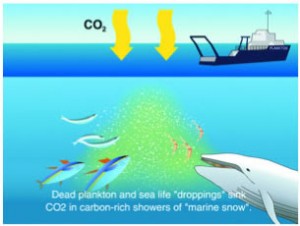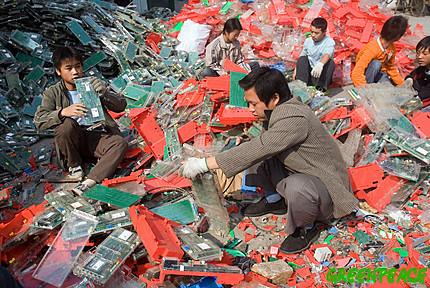This week the New York Times published a long article about the problem of data storage, and I would like to summarize some of their findings. The article is available here in Saturday’s technology section.
The article is an attack at what the author sees as wasteful use of resources in data storage centres. There are now hundreds of thousands of these huge centres spread throughout the world, and the problem is they use an incredible amount of electricity. The servers have to be kept cool and they have to have spare capacity so that we can download whatever we want whenever we want.
Worldwide these centres use about 30 billion watts of electricity, and that is about 30 nuclear power plants worth of power. A single data center uses about the same amount as a small town, and the main criticism is the nature of the usage.
In the US 2% of all electricity used goes to these data centers, but the vast majority of this resource is wasted. Typically many servers are left to run 24 a day but never or rarely used (more than half in this study), and the average machine in operation uses less than 10% of its capacity. Servers are left running obsolete programs or in ‘comatose’ because nobody wants to risk a mistake and turn them off.
All of this means that any data center might use 30 times as much electricity as is needed to carry out the functions it performs.
All of these centres also have to have a back up in case of power failure, and so are surrounded by diesel generators and stacks of batteries, and many have been found in breach of environmental regulations and fined. The article gives details but the companies are names that we all know and use.
If you read the more than 300 comments however you will discover that a lot of people do not agree with the findings as reported. Many technicians argue that the companies cited are investing huge amounts of money into making the storage of data more efficient, and are constructing wind farms and using solar power in an attempt to cut costs and emissions. The article has its agenda and exploits it fully, but the problem is real.
I personally believe that we are witnessing the results of a digital culture change. We no longer have to store data on our machines, we can store it in some mythical cloud out there in the cyber-universe. This makes us think that it somehow exists without the need for a hard drive, but this is not true. As a result we keep things that we do not need. I have 500 e mails in my inbox, with attachments, photos that I will never again look at and other useless things, and they are all in storage somewhere.
Technology advances, storage gets cheaper and uses less space, but the amount of data created is growing at an incredible rate. My question is, can we do anything about it? Are we not the ones who should take some responsibility and think about the consequences of our actions. We think about not using paper to print emails but we don’t think about not sending them!


